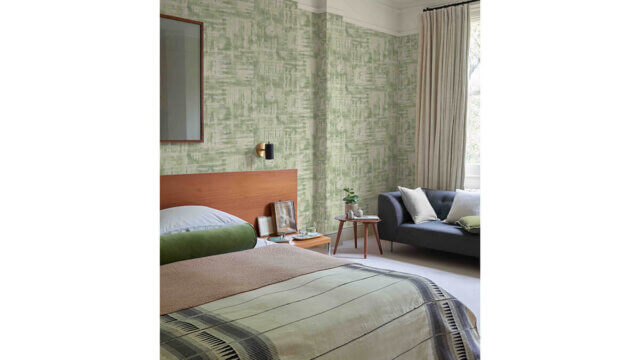International design studio Aylott + Van Tromp has reimagined the interior and created a full branding refresh of the historic Samuel Ryder Hotel in St. Albans, as it changes hands to become part of the Tapestry Collection by Hilton—the brand’s first in the U.K.
Located in the former home of golf legend Samuel Ryder, the hotel is steeped in local heritage. For Aylott + Van Tromp, it was important to create a new era for the hotel that fostered a deep connection with the brand for its ideal, its character and its story.

“From our initial research we discovered there was a pent-up demand for a characterful and individually styled hotel in St. Albans,” said Cofounder Nathan Aylott. “We felt that the building had so much to give, but its former incarnation just wasn’t living up to its full potential. The narrative was already there, we simply had to create the platform from which to tell the story.”
The grade II listed landmark building was originally built in 1911 by Samuel Ryder, donor of golf’s prestigious Ryder Cup, to house the business of his successful seed company. To this day it retains many original features, including leaded light room screens, a sweeping staircase and a mahogany and stained glass dome.


“We wanted our design to reflect the golden era of the original building,” said Cofounder James Van Tromp. “Weaving subtle nods to the past with styling that is modern, creative and characterful, designed to bring joy to all that stay here. In its heyday, Ryders’ Seeds supplied millions of seeds across the British Empire, creating vegetables and blooms from St. Albans to Sydney. These beautiful botanics are the driver for our scheme, as they literally blossomed from a simple beginning into something amazing—just like this hotel.”

Taking inspiration from the plants that blossomed from Ryder’s seeds, the hotel color scheme features an abundance of green tones, accentuated by bright pops of color. “Each area of the hotel takes on its own flavor, so to speak,” said Aylott, “Which we felt helped build up the emotive side of design. Verdant and lush, the material palette harks back to the joyous era of the twenties and thirties, when Ryder’s seed business was at its peak.” In each area, a corresponding flora or botanical scent is used to reflect the tones of the room, tying the building even more tightly back to its original roots.
“The present building lent itself well to a deep and enticing scheme,” said Van Tromp. “With a high ceiling and large windows, we felt we could afford to be brave and characterful. We wanted the styling to be modern and vivacious—yet accessible to both younger and older demographics—honoring the past in ways that don’t feel staid and stuffy, but instead celebrate the building’s botanical past without being a slavish recreation of what has gone before.”





